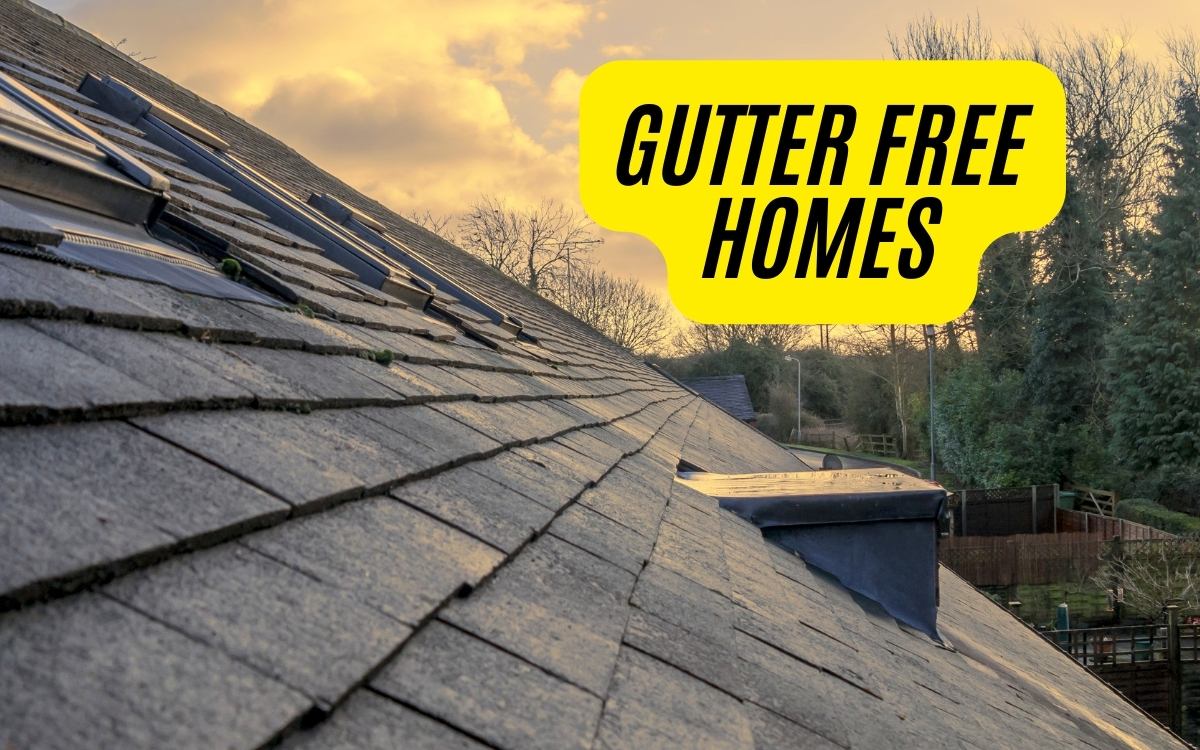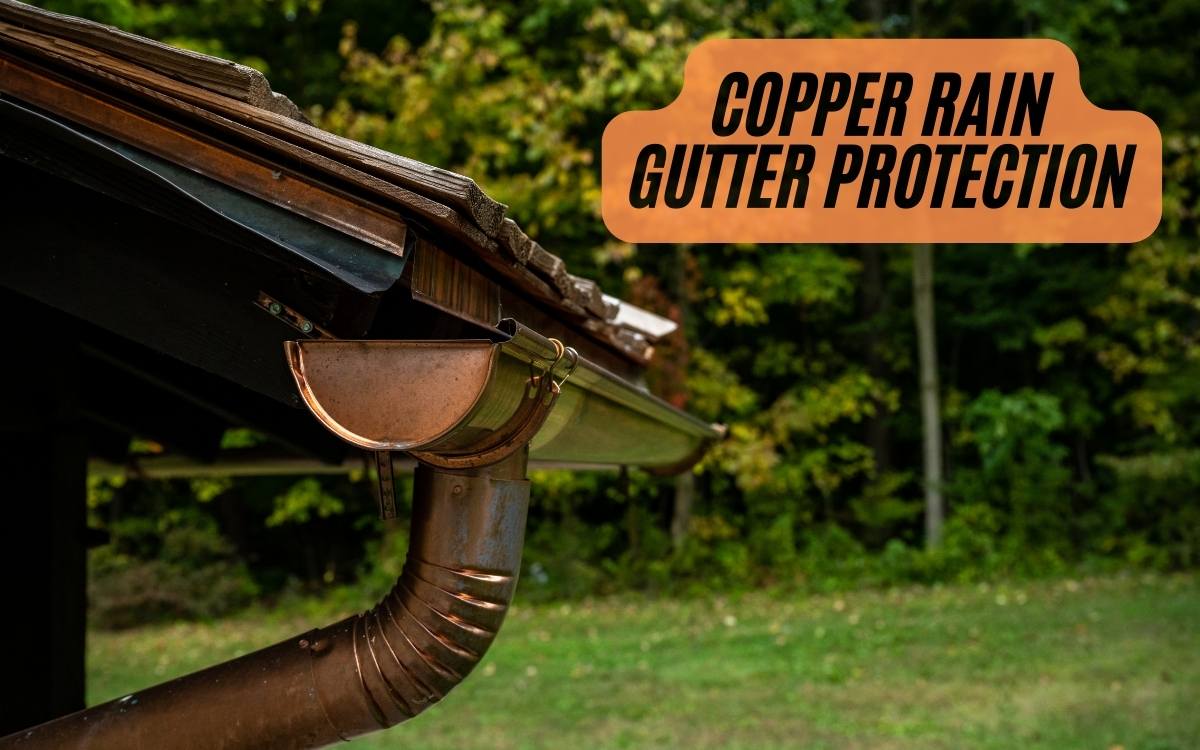Soil Shifts, Walls Crack: Homeowners Beware
As homeowners settle into their properties, they're often unaware of the subtle yet significant forces at work beneath their feet, where soil shifts and foundation movement can cause walls to crack and structural issues to emerge. Natural settlement patterns and soil type play a significant role in these imperfections, with expansive soils prone to shrinkage and swelling cycles exerting pressure on foundation walls and slabs. Understanding these factors is vital in alleviating concerns and empowering homeowners to take proactive measures, and by exploring the nuances of soil shifts and foundation movement, homeowners can better navigate the complexities of maintaining a safe and secure home.
Natural Home Settlement Patterns
What happens when a newly built home begins to settle? It's a natural process where the structure adjusts to its new surroundings, resulting in minor cracks and crevices.
These imperfections are a normal part of the home's maturation, caused by the slight shifting of the foundation as the soil beneath it compacts. The type and location of these cracks depend on the movement, which can be influenced by the soil type and topography around the house.
Large amounts of water collecting around the foundation can also contribute to cracks, as moisture changes cause soil expansion and contraction. Recent warm, dry weather can alter soil moisture levels, causing cracks to appear.
Understanding these natural settlement patterns can alleviate concerns and empower homeowners to take proactive measures to maintain their property.
Soil Types and Foundation Movement
Soil type plays a significant role in foundation movement, as certain types are more prone to shrinkage and swelling cycles that exert pressure on foundation walls and slabs.
Expansive soils, typically those with high clay content, are particularly susceptible to these cycles, causing symptoms such as separations between walls and ceilings, cracks in brick veneer and concrete surfaces, jamming doors and windows, and uneven floors.
Moisture level changes in these soils lead to expansion and contraction, resulting in foundation movement.
Proper moisture control, achieved through effective grading, gutters, downspout extensions, and French drains, can minimize seasonal movement and reduce pressure on foundations, ultimately safeguarding the integrity of the home.
Identifying Problematic Cracks
Foundation cracks can be a formidable sight for homeowners, as they often spark concerns about the integrity of the structure.
However, not all cracks are cause for alarm. Small cracks resulting from concrete or lumber curing, seasonal moisture changes, and minor natural settlement are common and may not be a concern.
Hairline cracks from shrinking or swelling soil are also typical. On the other hand, rapidly worsening cracks require professional inspection to check for necessary concrete crack repairs or reconstruction.
A professional can determine the severity of foundation cracks and recommend necessary repairs. Homeowners should be aware of the signs of problematic cracks, such as large wall cracks, uneven floors, or sticking doors and windows, which may indicate substantial structural issues.
Managing Moisture and Drainage
Effective moisture control is key to minimizing the impact of seasonal foundation movement.
Proper grading, gutters, and downspout extensions help stabilize moisture levels around the foundation, reducing pressure on walls and slabs. French drains can also be effective in managing moisture and drainage.
By controlling moisture, homeowners can minimize the expansion and contraction of soil, reducing the likelihood of cracks and damage. It is essential to inspect drainage systems regularly to verify they are functioning correctly.
Preventing Foundation Damage
One crucial aspect of maintaining a safe and secure home is preventing foundation damage.
By taking proactive measures, homeowners can minimize the risk of cracks and structural issues. Excellent drainage and moisture control are essential in reducing the impacts of seasonal foundation movement.
Proper grading, gutters, and ventilation can keep soil moisture consistent year-round, while routine inspection of drainage systems helps identify potential issues before they become major problems.
Improving drainage safeguards can protect the property and prevent significant foundation shifts. By prioritizing prevention, homeowners can avoid costly repairs and guarantee their home remains a safe and stable haven.
The Cost of Foundation Repairs
Structural integrity is only as strong as its weakest link, and when it comes to foundation repairs, the cost of neglect can be staggering.
Delaying necessary repairs can lead to more extensive and expensive problems down the line. In some cases, homeowners may need to invest in major reconstruction projects that can cost upwards of $20,000.
- Average cost of mudjacking to lift settled areas: $1,600
- Cost of steel piers installed underneath the foundation: $8,000 to $15,000
- Cost of major reconstruction with helical piers: over $20,000
- Average cost of minor concrete crack repairs: $500 to $2,000
- Cost of preventative measures, such as grading and drainage systems: $2,000 to $5,000
Understanding Structural Issues
Foundation issues can have far-reaching consequences, affecting not only the integrity of the structure but also the safety and well-being of its occupants.
Understanding structural issues is vital in addressing the root cause of wall cracks and foundation damage. Soil type, topography, and moisture levels around the house profoundly influence the amount and frequency of shifting.
Expansive soils with high clay content are prone to shrink and swell cycles, putting pressure on foundation walls and slabs. Proper moisture control, grading, and drainage systems can minimize seasonal movement and reduce pressure on foundations.
Identifying and addressing structural issues promptly can prevent costly repairs and guarantee the long-term stability of the home.
Frequently Asked Questions
Can Trees Near My Home Contribute to Foundation Cracks and Shifting?
Trees near your home can contribute to foundation cracks and shifting by altering soil moisture levels through root water uptake, exacerbating expansive soil issues, and increasing soil settlement, which can lead to structural movement and cracks.
How Often Should I Inspect My Home's Foundation for Signs of Damage?
Regular foundation inspections are vital to detect potential issues early. Homeowners should inspect their foundation quarterly, paying attention to signs of damage, such as cracks, uneven floors, and jammed doors, to prevent minor issues from becoming major problems.
Will Installing a Sump Pump Reduce My Risk of Foundation Problems?
Installing a sump pump can substantially reduce the risk of foundation problems by controlling water accumulation and mitigating soil expansion and contraction, thereby minimizing pressure on the foundation and likelihood of cracks and damage.
Do All Homes Experience Some Type of Foundation Movement or Shifting?
Yes, all homes experience some degree of foundation movement or shifting due to natural settlement, soil type, and environmental factors, but proper moisture control, drainage, and maintenance can minimize the impact of this movement on the structure.
Can I Repair Foundation Cracks Myself or Do I Need a Professional?
While minor cracks may be addressable with DIY repairs, verifying a professional for thorough assessments and repairs is crucial to guarantee the foundation's integrity, as misdiagnosis or inadequate repairs can exacerbate the issue, leading to costly consequences.



